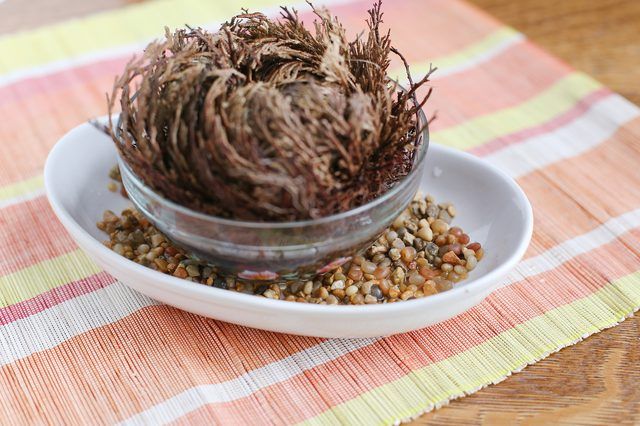Bulbs
Flower Basics
Flower Beds & Specialty Gardens
Flower Garden
Garden Furniture
Garden Gnomes
Garden Seeds
Garden Sheds
Garden Statues
Garden Tools & Supplies
Gardening Basics
Green & Organic
Groundcovers & Vines
Growing Annuals
Growing Basil
Growing Beans
Growing Berries
Growing Blueberries
Growing Cactus
Growing Corn
Growing Cotton
Growing Edibles
Growing Flowers
Growing Garlic
Growing Grapes
Growing Grass
Growing Herbs
Growing Jasmine
Growing Mint
Growing Mushrooms
Orchids
Growing Peanuts
Growing Perennials
Growing Plants
Growing Rosemary
Growing Roses
Growing Strawberries
Growing Sunflowers
Growing Thyme
Growing Tomatoes
Growing Tulips
Growing Vegetables
Herb Basics
Herb Garden
Indoor Growing
Landscaping Basics
Landscaping Patios
Landscaping Plants
Landscaping Shrubs
Landscaping Trees
Landscaping Walks & Pathways
Lawn Basics
Lawn Maintenance
Lawn Mowers
Lawn Ornaments
Lawn Planting
Lawn Tools
Outdoor Growing
Overall Landscape Planning
Pests, Weeds & Problems
Plant Basics
Rock Garden
Rose Garden
Shrubs
Soil
Specialty Gardens
Trees
Vegetable Garden
Yard Maintenance
How to Take Care of a Rose of Jericho
How to Take Care of a Rose of Jericho. Rose of Jericho (Selaginella lepidophylla) is a mosslike perennial grown for its delicate, emerald-green fronds. It grows best in pots and terrariums, but will perform well in a sheltered outdoor location within U.S. Department of Agriculture plant hardiness zones 8a to 10b. Rose of Jericho requires little...
Rose of Jericho (Selaginella lepidophylla) is a mosslike perennial grown for its delicate, emerald-green fronds. It grows best in pots and terrariums, but will perform well in a sheltered outdoor location within U.S. Department of Agriculture plant hardiness zones 8a to 10b. Rose of Jericho requires little care apart from regular watering, but will look better and suffer fewer problems if you give it some care throughout the year.
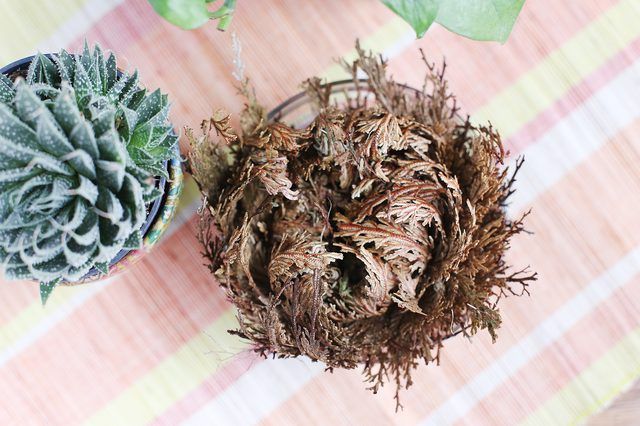
Rose of Jericho earned the common name "resurrection plant" for its ability to revive after extreme desiccation. But prolonged dryness alters its delicate appearance, robbing it of color and fullness. Keep rose of Jericho moist at all times to preserve its appearance. Saturate the soil until the excess water dribbles from the bottom of the pot or until the surrounding soil feels moist in the top 6 to 12 inches. Decrease water slightly during the autumn and winter, letting the surface dry out slightly between waterings. The chlorine and fluoride that's in most tap water can damage sensitive plants, such as the rose of Jericho, so let the water sit overnight before use so the gasses can dissipate.
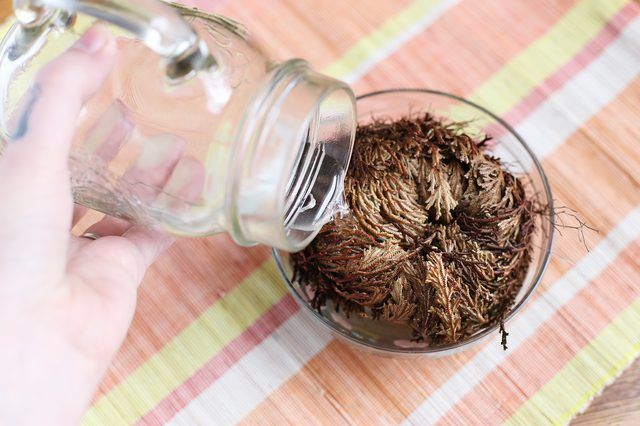
An established rose of Jericho plant will perform well without any supplemental fertilizer. Excess fertilizer can harm it, so it is best to feed only if it shows signs of nutrient deficiencies such as yellowing or stunted, slow growth. Use a general-purpose fertilizer with an N-P-K analysis of 10-10-10 or 20-20-20. Dilute 10-10-10 fertilizer at a rate 1/2 teaspoon for each 1 gallon of water and 20-20-20 at 1/4 teaspoon per gallon. Water with the solution every week from the middle of spring until late summer, applying it to previously moistened soil to prevent root burn. Stop feeding immediately if the foliage develops crisp edges or if the plant takes on a limp, scraggly appearance.
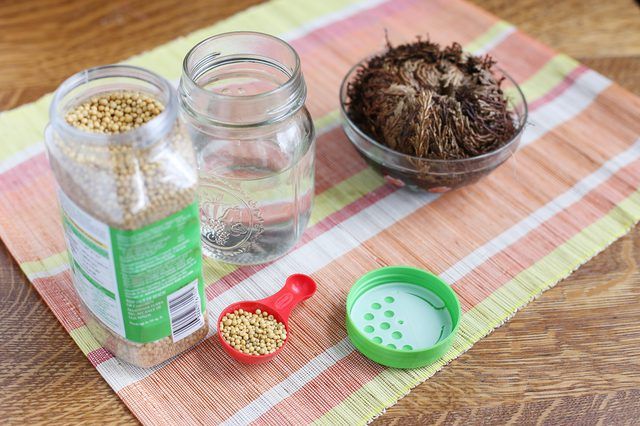
Rose of Jericho has a naturally tidy, 6- to 12-inch growth habit, so pruning to control its size or shape is seldom necessary. But an established plant often requires light pruning or grooming year-round to remove dead or dried out fronds. Standard pruning shears are too large to safely navigate between the densely packed, delicate fronds of rose of Jericho plants, so use fine-tipped scissors. Soak the scissors in a 50 percent rubbing alcohol solution for five minutes and rise them well before use to prevent the transmission of bacteria and fungi. Snip off the unwanted growth at the base, taking care not to nick or sever the surrounding foliage, and discard it.
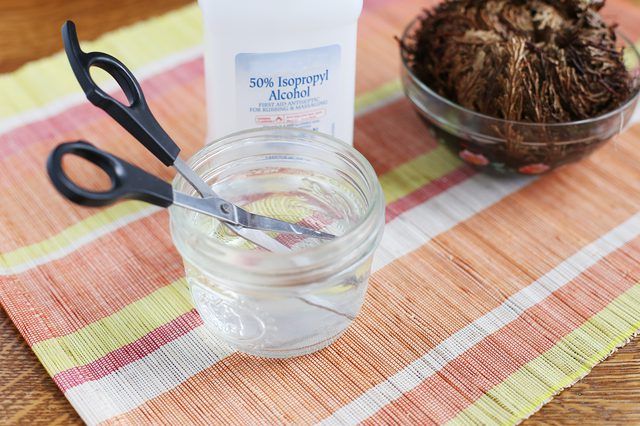
Very few serious problems affect rose of Jericho. The most common source of problems are low humidity and, occasionally, hungry slugs and snails. Growing rose of Jericho in a suitably sheltered, moist area where humidity levels stay above 50 percent will keep them looking fresh, but this often difficult to achieve indoors where forced air heating dries out the air. Set potted plants on a tray of moist pebbles to raise humidity levels and mist them daily. Slugs and snails occasionally feast on rose of Jericho, but seldom in great enough numbers to cause life-threatening damage. Remove the pests by hand or install a barrier of copper tape around the plants to discourage them rather than using potentially damaging chemical deterrents or pesticides.
